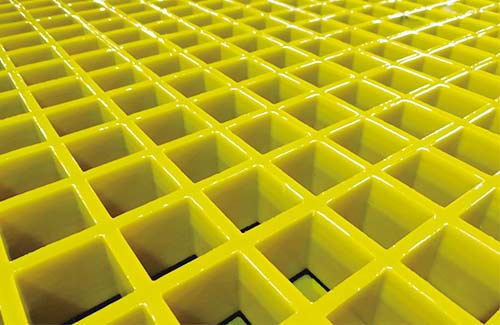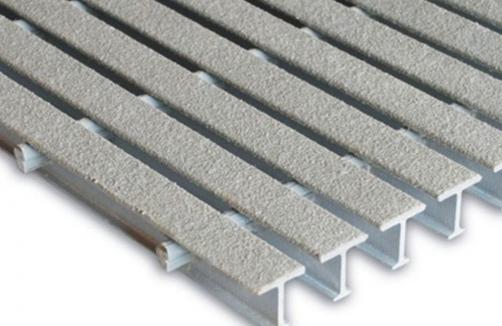Customized FRP Grating: Enhancing Your Infrastructure with Tailored Solutions
Are you looking for a durable, lightweight, and corrosion-resistant solution to enhance your infrastructure? Fiber Reinforced Polymer (FRP) grating might be the answer you need. Customized FRP grating offers tailored solutions that can address a wide range of industrial challenges, from bridge decking to industrial flooring. But what exactly is FRP grating, and how can it benefit your project? Let’s explore these questions and more.
What is FRP Grating?

FRP grating is a composite material made from a combination of fiberglass and a polymer matrix, typically resin. This blend creates a material that is strong, lightweight, and highly resistant to corrosion, making it ideal for various applications in harsh environments. Unlike traditional materials like steel or concrete, FRP grating does not rust or degrade over time, ensuring long-term durability and reliability.
Why Choose Customized FRP Grating?
While standard FRP grating products are available, customized solutions offer greater flexibility and performance tailored to specific project requirements. Here are some key benefits of opting for customized FRP grating:
- Durability: FRP grating can withstand heavy loads and extreme environmental conditions without compromising its structural integrity.
- Lightweight: Unlike steel, FRP grating is significantly lighter, reducing installation time and costs.
- Corrosion Resistance: Ideal for environments with chemical exposure, saltwater, or high humidity.
- Customizable Dimensions: Tailored to fit unique project specifications, ensuring a perfect fit every time.
Common Applications of Customized FRP Grating
Customized FRP grating finds applications in a variety of industries, including:
- Bridge Decks: Enhancing safety and durability without adding excessive weight.
- Industrial Flooring: Providing a non-slip, corrosion-resistant surface for heavy machinery and chemical handling.
- Platform Decking: Offering a stable and secure walking surface in challenging environments.
- Marine Structures: Withstanding saltwater exposure and extreme weather conditions.
Addressing Common Questions
Is FRP Grating More Expensive Than Traditional Materials?
While the initial cost of FRP grating might be higher than traditional materials like steel, its long-term benefits often result in lower overall costs. FRP grating requires minimal maintenance, has a longer lifespan, and can reduce structural load, leading to savings in the long run.
How Long Does FRP Grating Last?
FRP grating can last for decades when properly installed and maintained. Its resistance to corrosion, UV radiation, and chemical exposure ensures that it remains functional and strong over time.
Can FRP Grating Be Customized for Unique Projects?
Absolutely. FRP grating can be customized in terms of size, thickness, and load capacity to meet specific project requirements. This flexibility makes it an ideal choice for unique and challenging applications.
Sharing Insights and Best Practices
When considering FRP grating for your project, it’s essential to work with a reputable manufacturer who can provide tailored solutions. Here are some best practices:
- Assess Your Project Needs: Determine the specific requirements, including load capacity, environmental conditions, and dimensions.
- Choose a Reliable Manufacturer: Look for a company with experience in custom FRP grating and a proven track record of quality products.
- Consider Long-Term Benefits: Evaluate the long-term savings and performance benefits of FRP grating compared to traditional materials.
Заключение
Customized FRP grating offers a versatile and durable solution for enhancing various infrastructure projects. By addressing specific needs and providing tailored solutions, FRP grating can improve safety, durability, and efficiency in a wide range of applications. If you’re looking for a material that stands up to the test of time, FRP grating might just be the perfect choice for your next project.
By choosing customized FRP grating, you’re not only investing in a high-performance material but also in a sustainable and cost-effective solution that can enhance your infrastructure for years to come.







